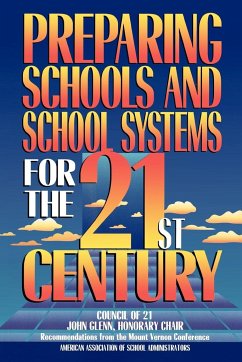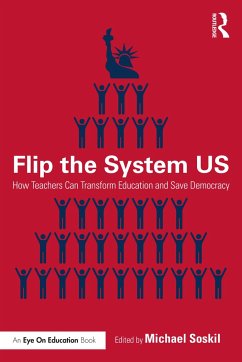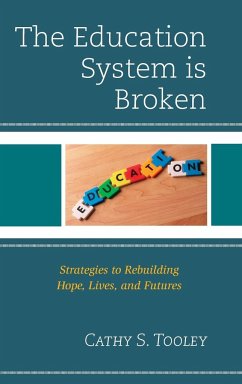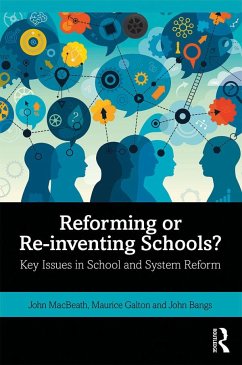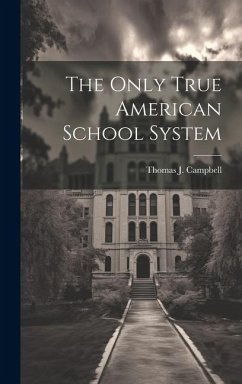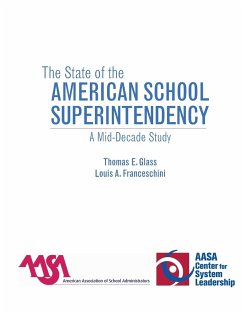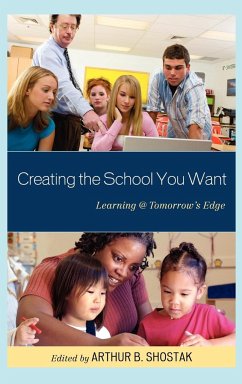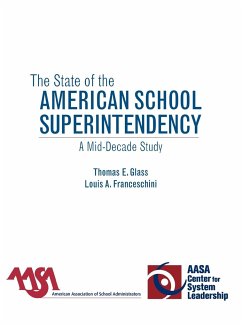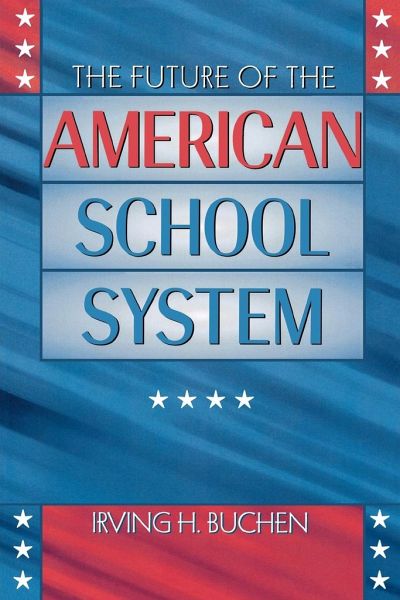
Future of the American School System
Versandkostenfrei!
Versandfertig in 1-2 Wochen
94,99 €
inkl. MwSt.

PAYBACK Punkte
47 °P sammeln!
Irving H. Buchen projects the future of public education for the next 25 years as he identifies and examines the major drivers of change, profiles all the critical educational constituencies, and offers a number of common sense solutions to current and subsequent problems.





